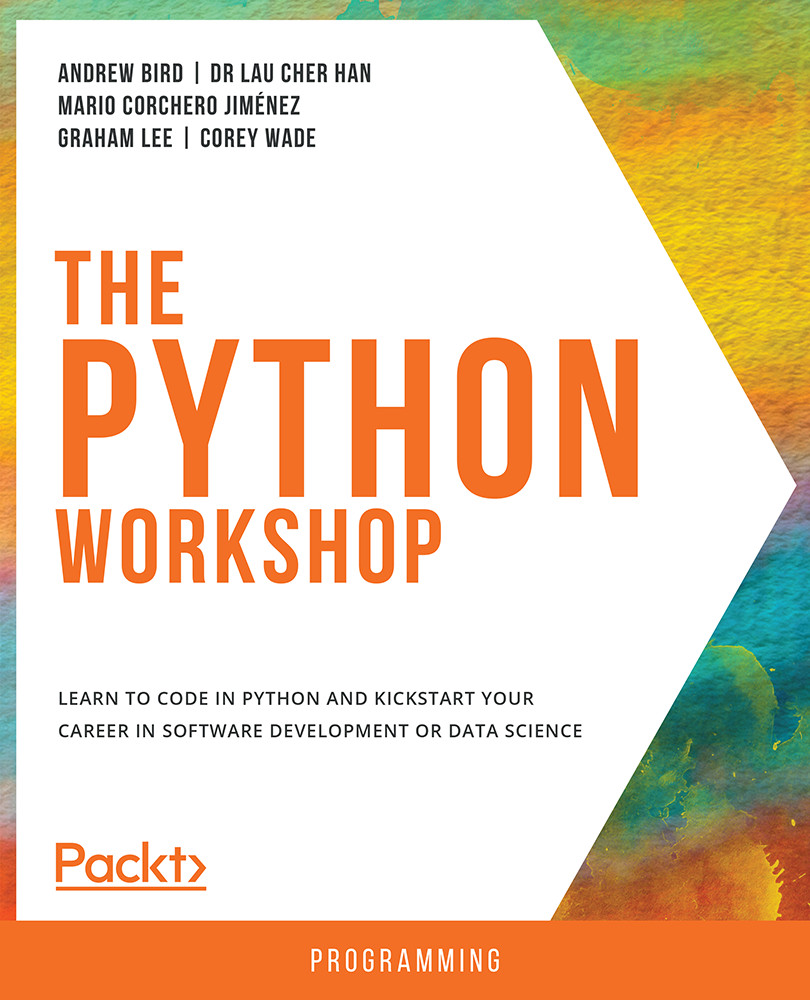Machine learning is the ability of computers to learn from data. The power of machine learning comes from making future predictions based on the data received. Today, machine learning is used all over the world to predict the weather, stock prices, movie recommendations, profits, errors, clicks, purchases, words to complete a sentence, and many more things.
The unparalleled success of machine learning has led to a paradigm shift in the way businesses make decisions. In the past, businesses made decisions based on who had the most influence. But now, the new idea is to make decisions based on data. Decisions are constantly being made about the future, and machine learning is the best tool at our disposal to convert raw data into actionable decisions.
The first step in building a machine learning algorithm is deciding what you want to predict. When looking at a DataFrame, the idea is to choose one column as the target column or predictor column...



 Free Chapter
Free Chapter

